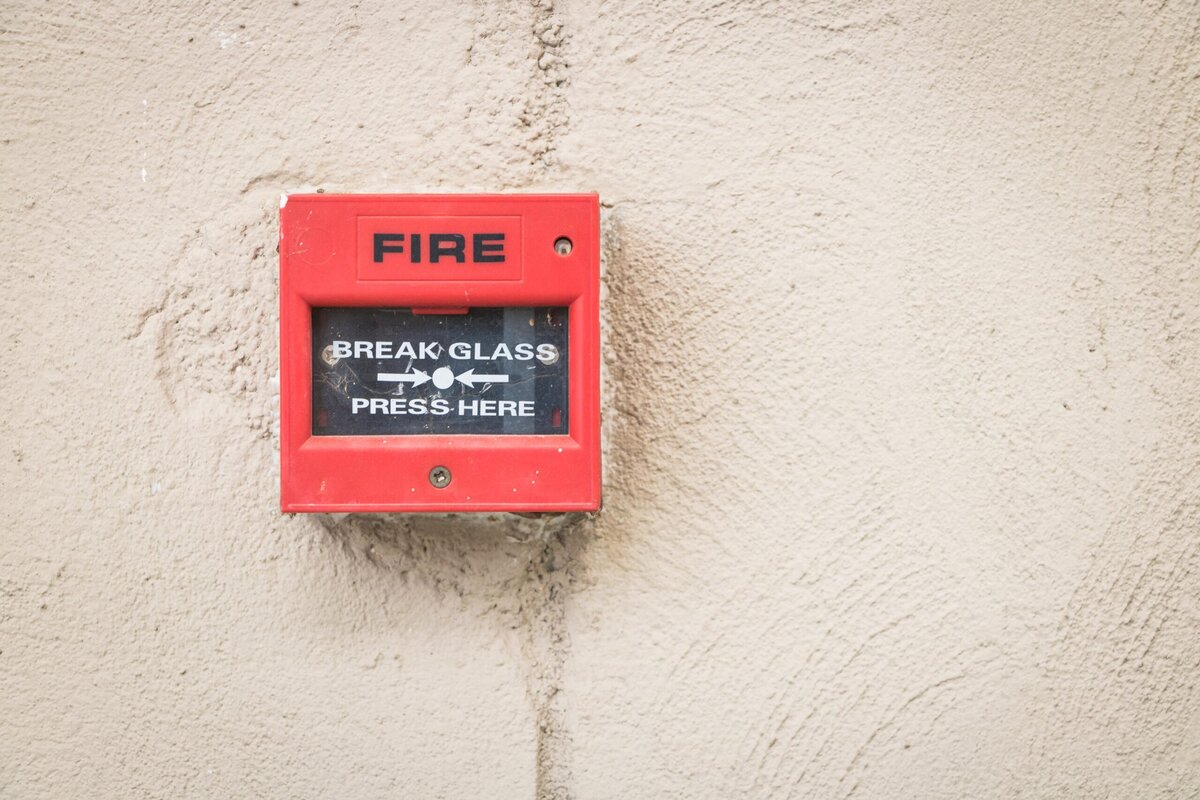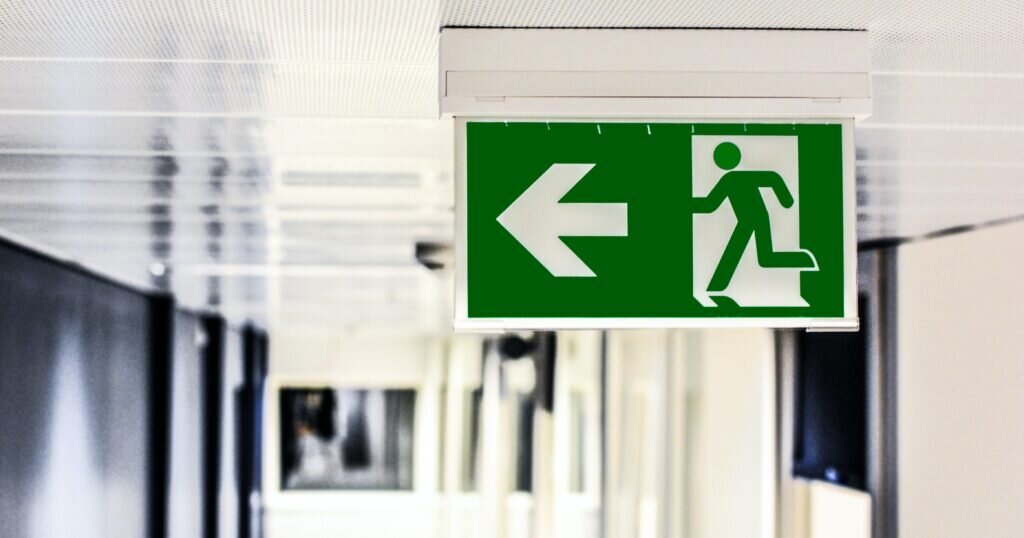
Here’s the reality check: over 1,500 school buildings in the UK catch fire yearly. That’s not just a number – that’s lives disrupted, dreams dashed, and property turned to ashes.
Fire safety is critical to any school’s safety plan, yet it’s often overlooked until it’s too late. A fire can cause substantial damage to a school, disrupting learning, traumatising students and teachers, and costing communities money.
This article explores the regulations that apply to schools and how, using new digital tools, can improve their fire safety management, identify and resolve potential fire hazards, and ensure a safe environment for students and faculty alike.
Navigating Fire Safety Regulations for Schools
School fire safety regulations are set out in the Fire Safety Act 2006 and the Fire Safety Order 2005. These regulations require schools to have a fire risk assessment, which identifies the fire hazards and measures to be taken to reduce the fire risk.
Schools must also have a fire emergency plan, which sets out how the school will be evacuated in the event of a fire.
In addition to the Fire Safety Act 2006 and the Fire Safety Regulations 2005, several other fire safety regulations apply to schools in the UK. These include:
- The Building Regulations, which set out the minimum fire safety standards for all buildings in the UK
- The Control of Substances Hazardous to Health Regulations (COSHH), which is a set of rules that schools must follow to ensure the safe handling of hazardous substances
- The Electricity at Work Regulations, which set out the requirements for the safe use of electricity in schools to avoid fires caused by electric short circuits.
Creating a Fire-Safe Haven Through Preventive Measures
Creating fire-resistant schools involves a systematic approach that combines various preventive measures to minimise the risk of fires. Here are a few steps you can take to ensure fire safety in your school.
Compliance with Fire Safety Regulations
Compliance with fire safety regulations is vital as it mitigates fire risks and safeguards lives within schools. These regulations ensure thorough risk assessments, proper building design, fire detection systems, emergency exits, and effective training.
Non-compliance to fire safety regulations can lead to dire consequences. It can cause an increased fire risk, delayed detection, inadequate evacuation, legal ramifications, financial penalties, and, worst of all, potential loss of life.
Crafting Effective Evacuation Plans
To create an effective evacuation plan, schools should identify the fire hazards in the school and determine the evacuation routes.
A fire evacuation plan should be clear, concise, and easy to understand. The plan should include the following information:

- The location of fire alarms and fire extinguishers
- The designated evacuation routes
- The meeting location for students and staff after the evacuation
- The responsibilities of staff during an evacuation
Storage and Maintenance of Flammable Materials
Flammable materials, such as cleaning products, aerosols, laboratory chemicals, and paper, are commonly found in schools. It is important to store these materials safely and never leave them unattended to prevent fire hazards.
Here are some tips for storing flammable materials safely: 
- Store flammable materials in a safe place, away from heat sources.
- Store them in a fire-resistant cabinet or container.
- Label all flammable materials clearly so that everyone knows they are flammable.
- Make sure all fire extinguishers are easily accessible in the event of a fire.
Conducting Regular Fire Drills
A fire drill is a planned exercise to test the school’s fire safety plan and ensure that everyone knows how to evacuate the building safely in the event of a fire.
Fire drills should be conducted at least once per term and announced in advance so everyone knows what to do.
During a fire drill, the students and the teachers should evacuate the premises in an orderly manner and assemble at a safe distance from the building.
From Paper to Cloud: The Role of Digital Logbooks
In this digital age, traditional paper-based record-keeping is no longer sufficient. Digital fire safety log books can track fire safety inspections, monitor maintenance records, record training records, and generate reports.
Additionally, digital logbooks can improve communication between staff and students, track progress, identify areas where improvement is needed, and keep records of all health and safety-related activities.
The Benefits of Digital Logbooks
Digital logbooks are increasingly important in future-proofing schools’ health and safety. They offer various advantages over traditional paper logbooks, including:
- Efficiency and precision: Digital logbooks enable easy health and safety data recording and tracking, saving time and minimising errors.
- Accessible collaboration: All staff members can access shared digital logbooks, fostering awareness and uniform understanding of fire safety procedures.
- Informed decision-making: Digital logbooks provide data-driven insights and reports, facilitating proactive measures to enhance fire safety protocols.
- Data security: Cloud-based storage reduces data loss risks, ensuring reliable records for audits, compliance, and emergency preparedness.
Step-by-Step Guide to Implementing Digital Logbooks
Implementing digital logbooks for fire safety involves a structured approach to ensure a seamless transition from paper-based record-keeping.
Tio is the free award-winning app that gives you everything you need to manage and prove fire safety compliance anytime, anywhere. Track fire safety measures, maintenance, stay organised and comply with fire safety regulations automatically.
Follow these steps to successfully implement digital logbooks in your school:
| Step | Description | Key Actions |
| Step 1 | Assessment of Needs | Identify safety and documentation needs, focusing on fire safety, maintenance, and incident reporting. |
| Step 2 | Platform selection | Research and choose a user-friendly fire safety logbook, such as Tio, with real-time updates and necessary features. |
| Step 3 | Training | Follow built-in tutorials for training staff on data entry, checks, and reminders usage. |
| Step 4 | Customization | Tailor the logbook to school requirements by setting up categories and checklists. |
| Step 5 | Initial Data Entry | Populate the logbook with existing safety records, maintenance schedules, and contacts. |
| Step 6 | Testing Phase | Run a trial to verify features and address any issues. |
| Step 7 | Rollout and Integration | Launch the logbook, conduct a digital fire safety training for your staff, and promote its advantages. |
| Step 8 | Regular Updates and Maintenance | Assign updating responsibility, add new protocols, and schedules. |
| Step 9 | Auditing and Review | Conduct periodic audits for accuracy and system performance. |
The Endnote: How to Cultivate a Fire-Safe Culture in Schools?
Schools are responsible for protecting the health and safety of their students, staff, and visitors. Following the afore-mentioned tips, schools can future-proof their health and safety and reduce the risk of fires and other accidents.
One way to future-proof your school’s health and safety is to use a digital fire and safety compliance app like Tio.
If you want to future-proof your school’s health and safety, learn more at tiofiresafety.com and start free today.
